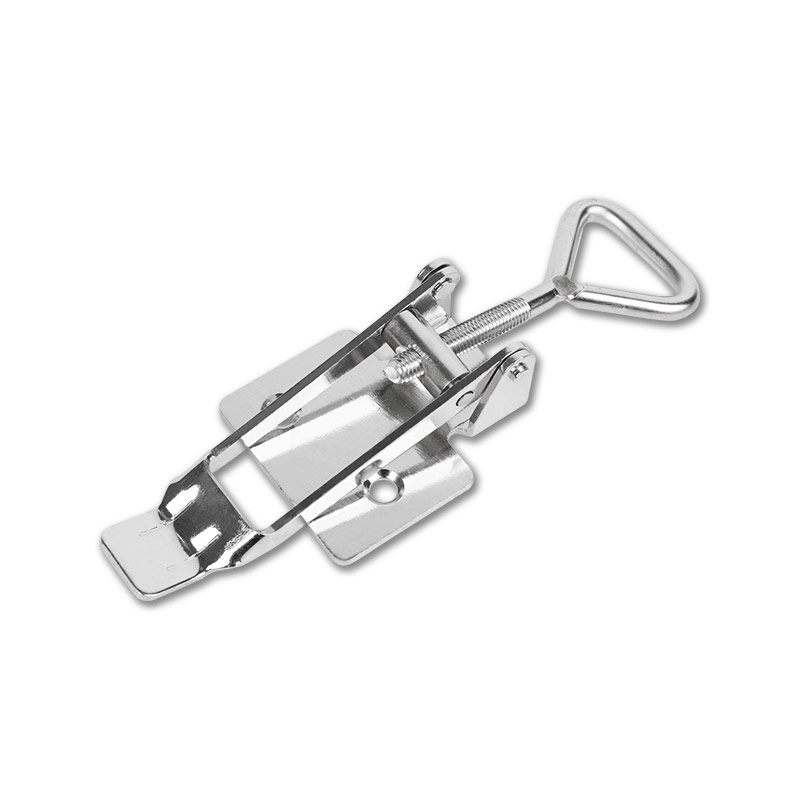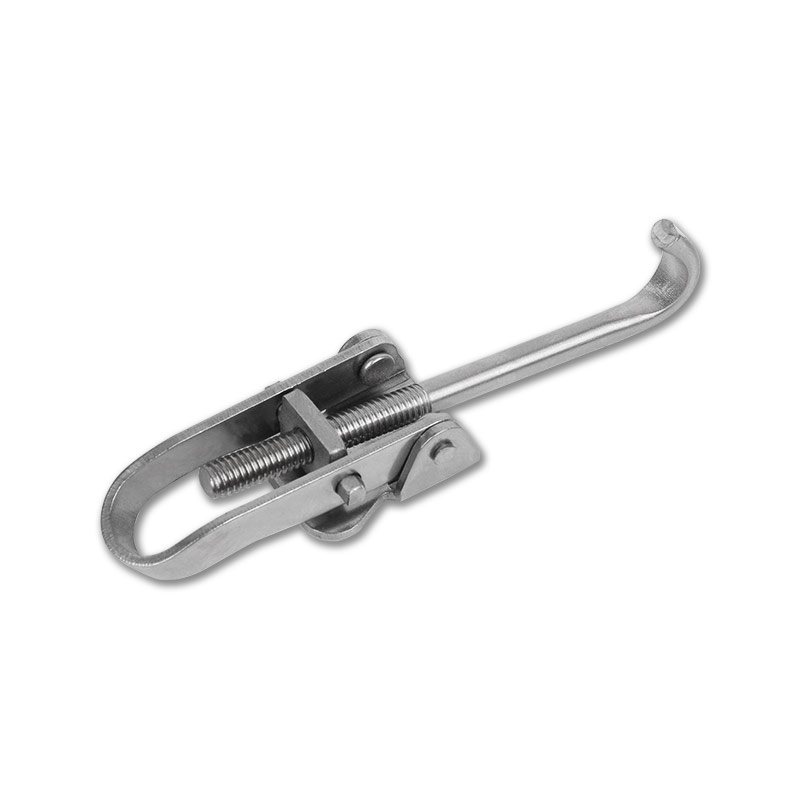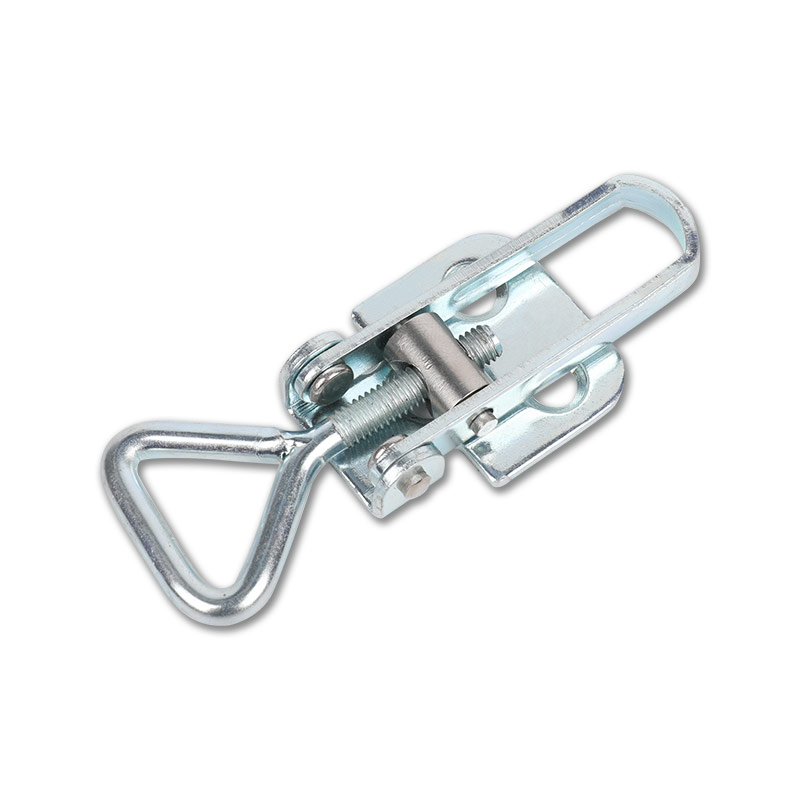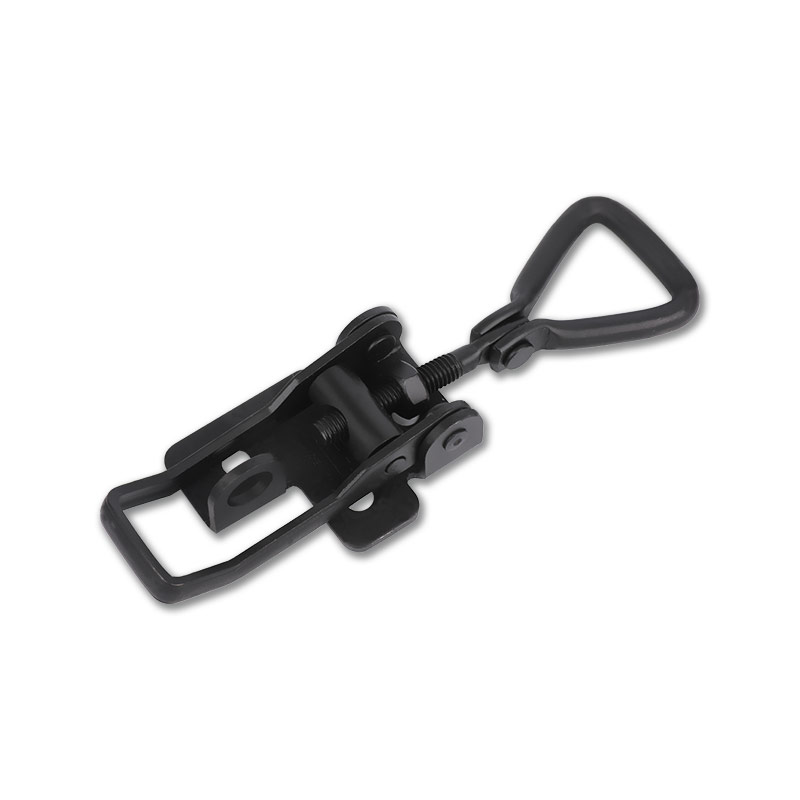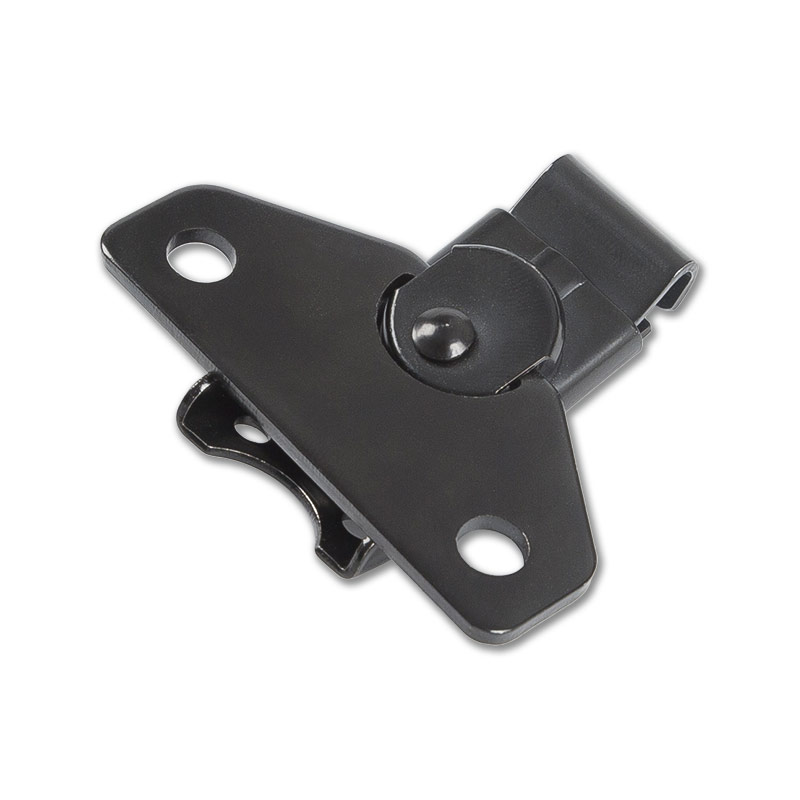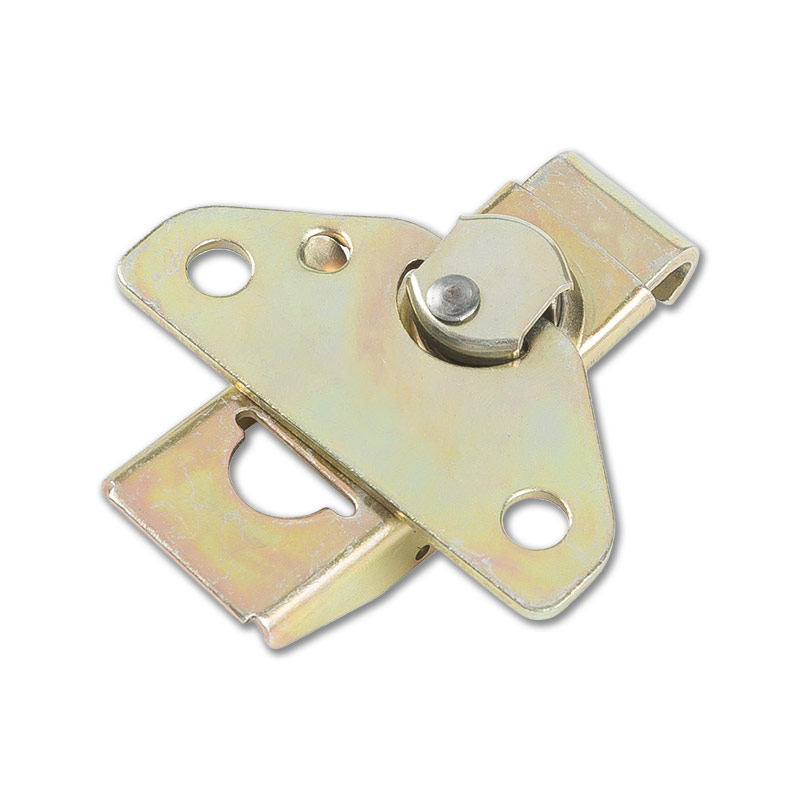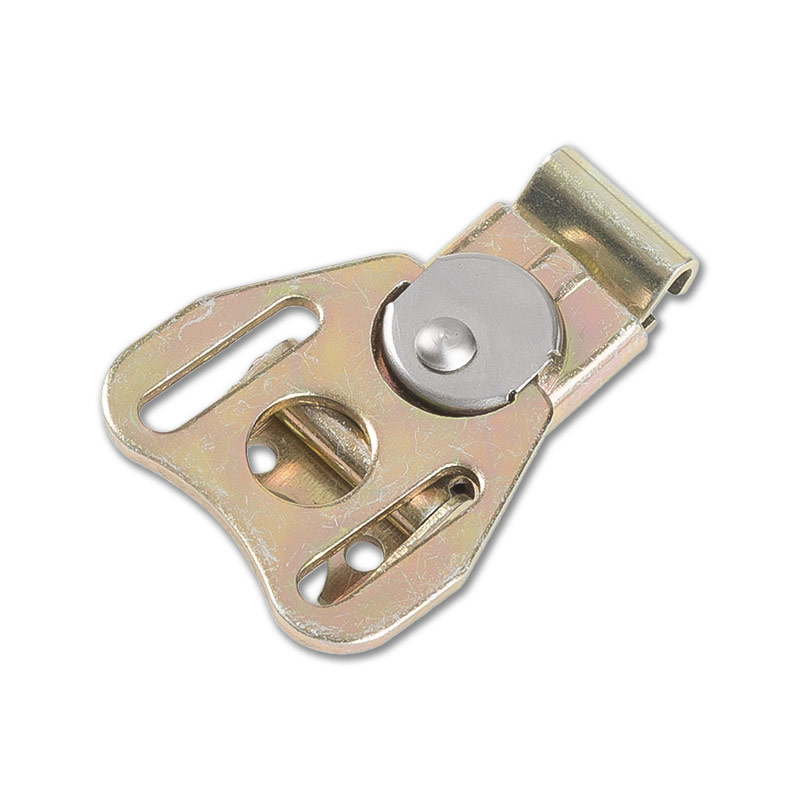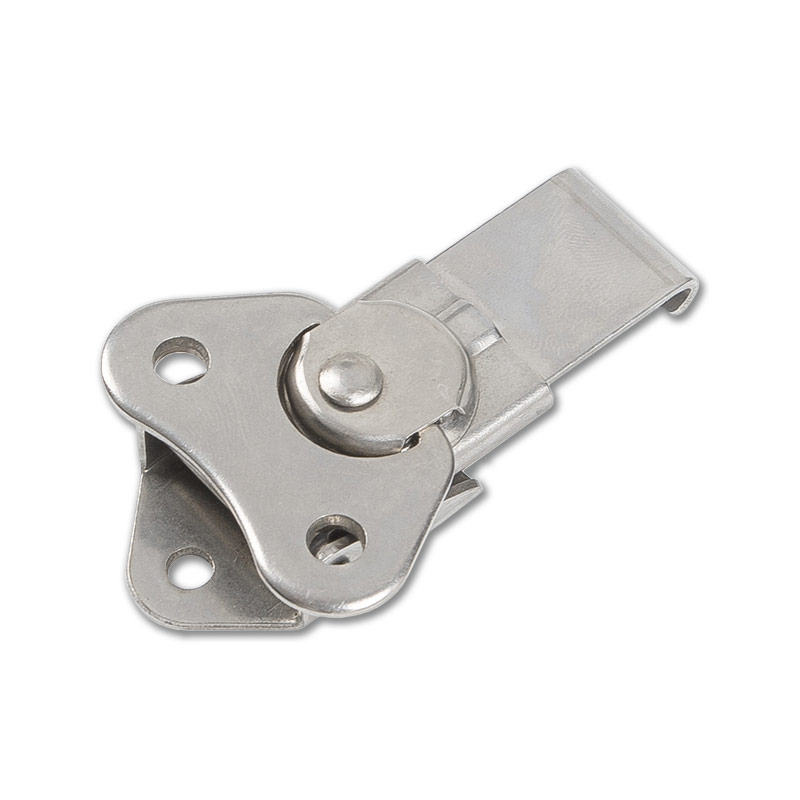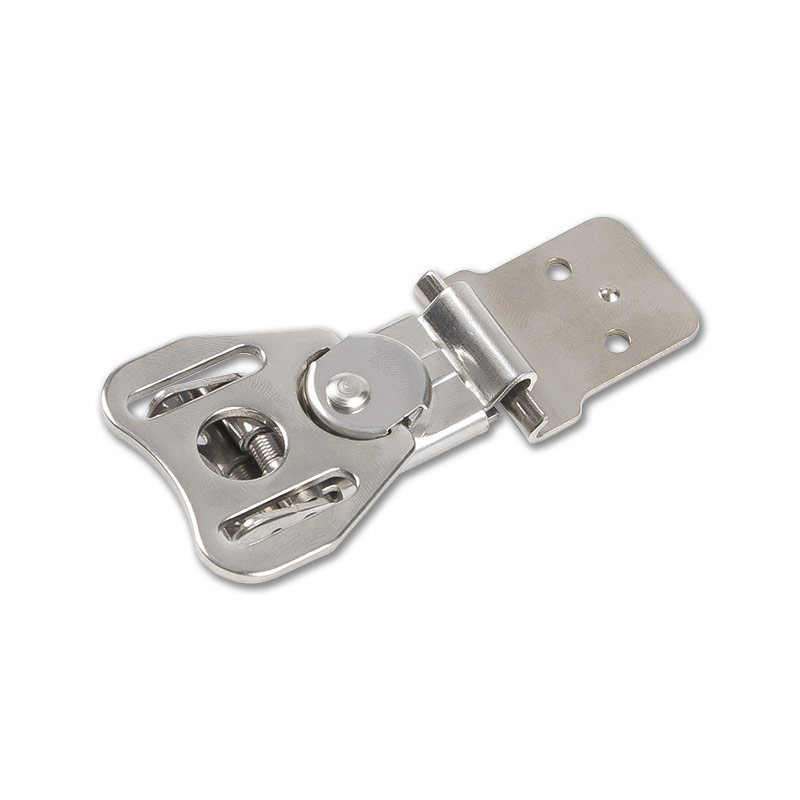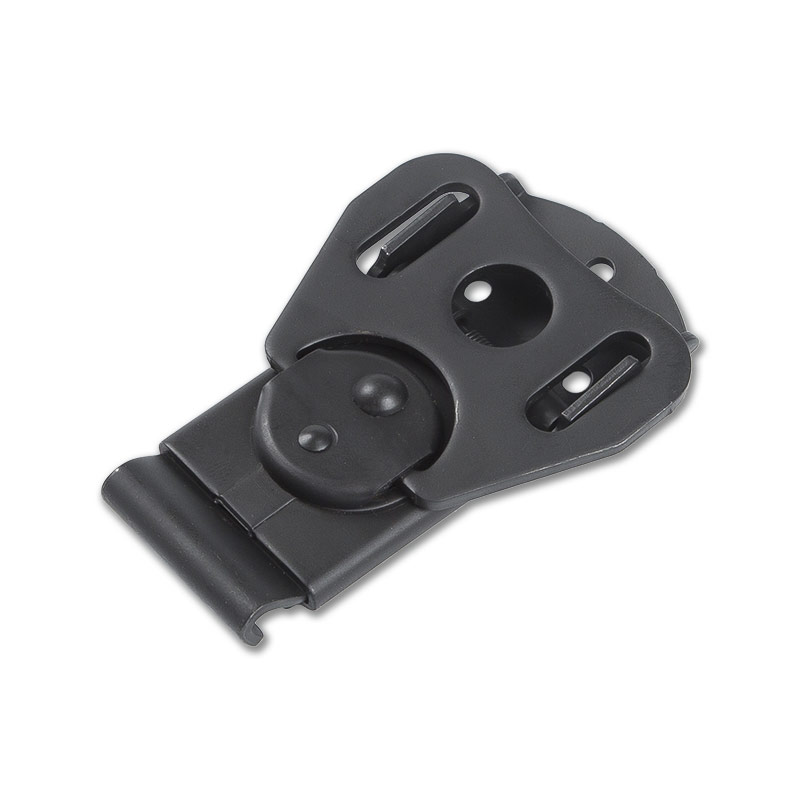Caster wheels are commonly used in various applications, such as furniture, carts, industrial equipment, and more. When dealing with caster wheels, several questions can arise, depending on your specific needs and context. Here are some common questions that might arise:
What are caster wheels?
This fundamental question seeks to understand the basic definition and purpose of caster wheels.
What types of caster wheels are available?
Caster wheels come in various types, such as swivel casters, rigid casters, and locking casters. Knowing the different types helps in choosing the right one for your application.
How do caster wheels work?
Understanding the mechanics of how caster wheels rotate and swivel can be important for their proper use.
What are the weight capacity and load-bearing capabilities of caster wheels?
Knowing the weight capacity of caster wheels is crucial to ensure they can support the intended load without any issues.
What materials are caster wheels made from?
Caster wheels can be made from materials like rubber, plastic, metal, or a combination of materials. The choice of material affects factors like durability and floor protection.
How do I select the right caster wheel for my application?
Selecting the right caster wheel involves considering factors like load capacity, wheel material, wheel size, and the type of surface the caster will roll on.
What is the difference between swivel and rigid casters?
Swivel casters can rotate 360 degrees, providing more maneuverability, while rigid casters do not swivel and only move in a straight line.
Are there caster wheels designed for specific environments?
Some caster wheels are designed for specific environments, such as those with high temperatures, chemicals, or outdoor use.
How do I install caster wheels?
Installation methods can vary depending on the type of caster and the equipment or furniture it's being attached to. Proper installation ensures stability and safety.
Can caster wheels be locked in place?
Many caster wheels have locking mechanisms to immobilize them when needed, providing stability and preventing unintentional movement.
How do I maintain caster wheels for optimal performance?
Maintenance practices may include cleaning, lubrication, and inspection to ensure caster wheels continue to function properly.
What safety precautions should I take when using caster wheels?
Using caster wheels safely involves considering factors like weight distribution, load capacity, and the potential for tipping or accidents.
Can caster wheels damage floors or surfaces?
Depending on the material and design of caster wheels, they may cause damage to certain floor types. It's essential to choose appropriate caster wheels for your flooring.
Are there ergonomic considerations when using caster wheels for furniture or office equipment?
Ensuring proper ergonomics involves selecting caster wheels that allow for smooth movement and stability in furniture or office equipment.
Where can I purchase caster wheels?
You may want to know where to buy caster wheels, whether through local hardware stores, online retailers, or specialized suppliers.
These questions provide a starting point for understanding caster wheels and their various aspects, but the specific questions that arise can vary based on your unique needs and circumstances.

 English
English Español
Español